Working group “Rheometry”
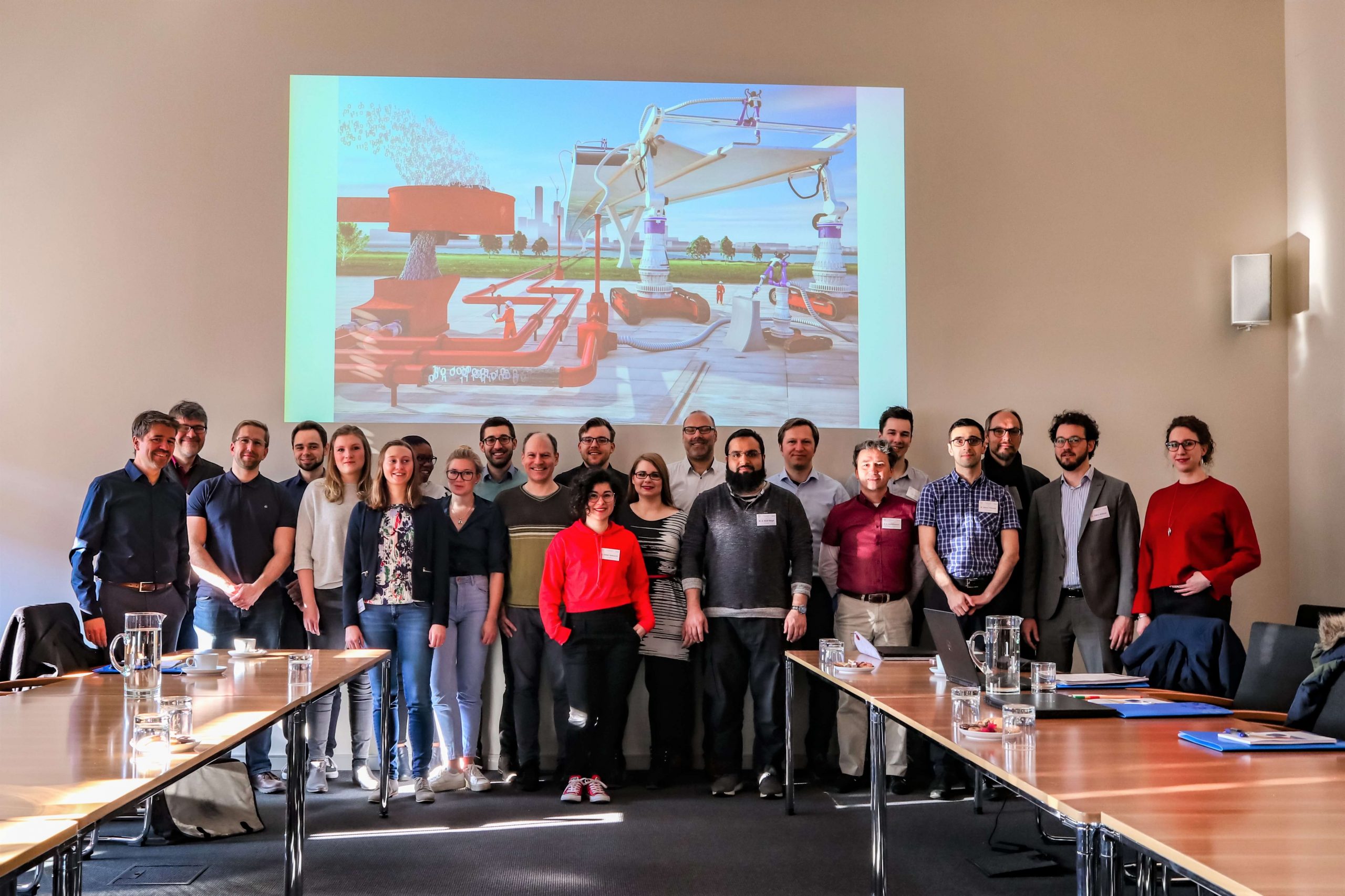
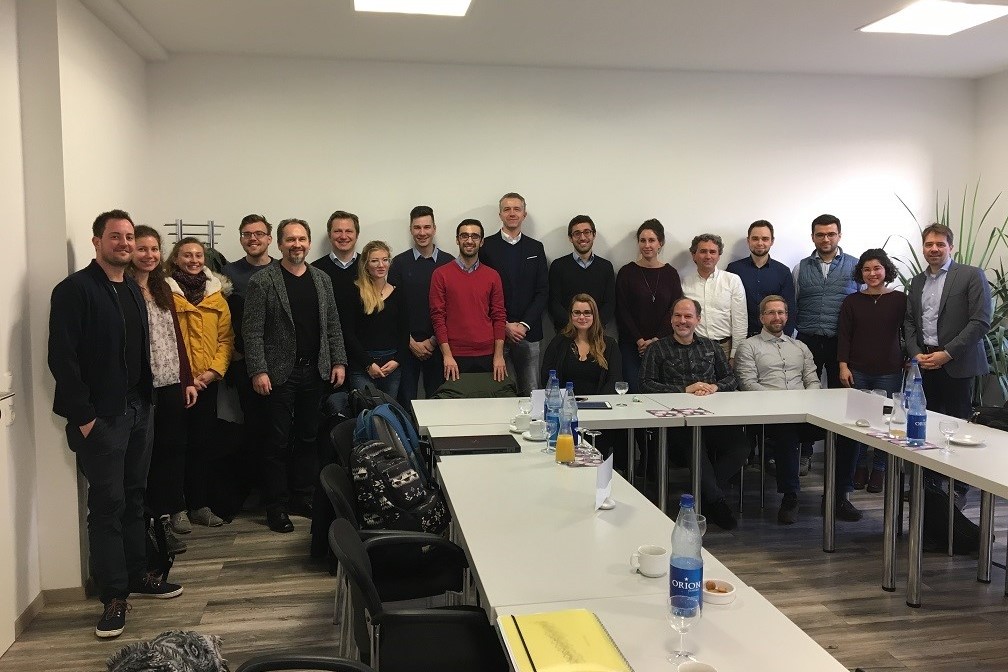
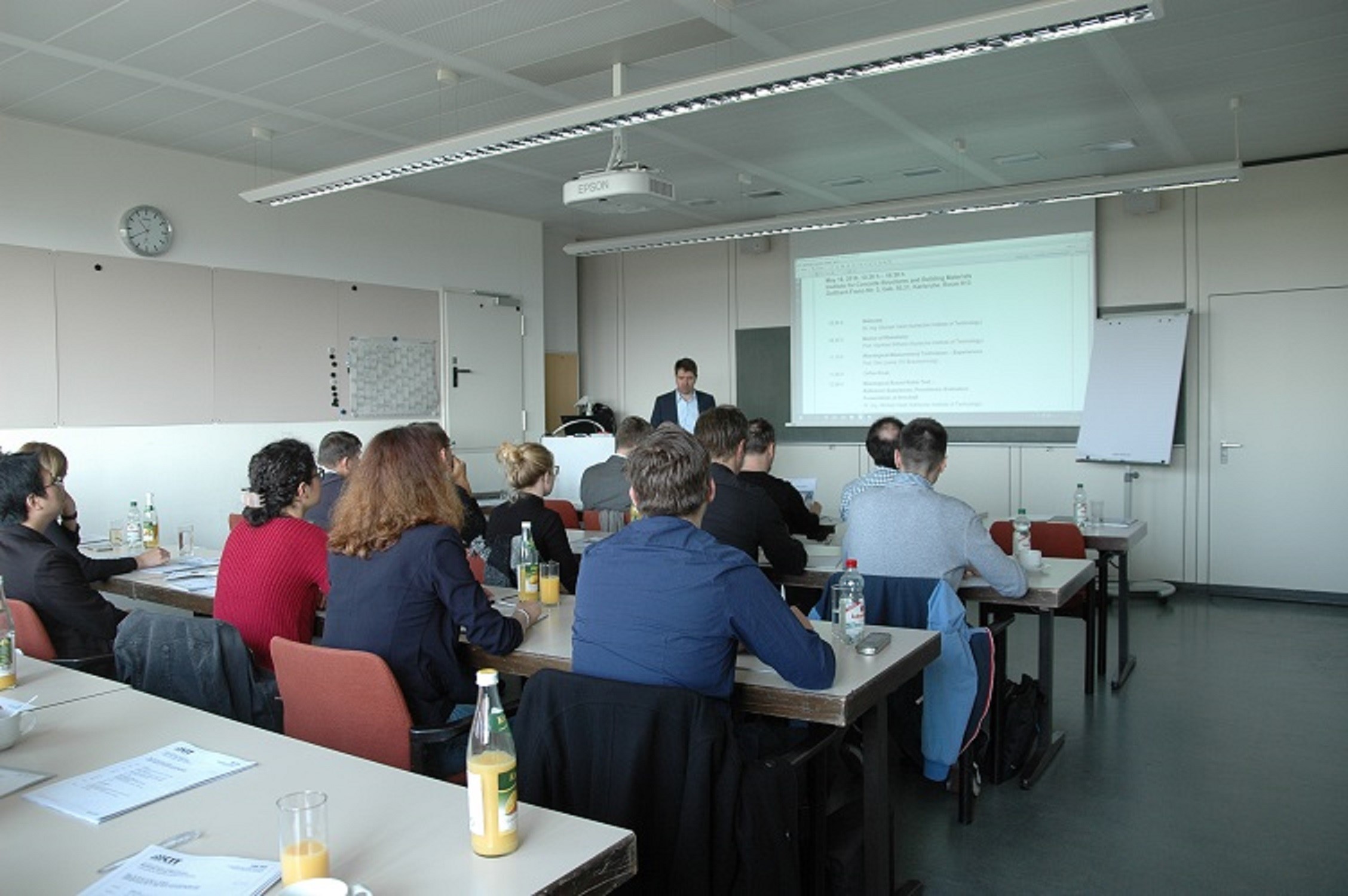
Measuring the rheological properties of fresh building materials such as cement paste, mortar or concrete is a very challenging task. In contrast to many other substances, building materials consist of a very wide particle size distribution, with particles ranging from the sub-micron range to the double-digit millimeter range. In (standard) rheological measurements, this results in the formation of slippage layers and segregation, which spoil the rheological measurement. Further, concrete, mortar and paste are chemically highly reactive systems, which leads to sometime pronounced problems in carrying out rheological measurements on such systems.
Goals
Working Group Rheometry in SPP 2005 addresses these questions by investigating and comparing the different measurement techniques available for cementitious systems. In detail, WG Rheometry has the following goals:
- Provide a comparison and evaluation for the rheological measurement techniques available and used by the SPP members;
- Study of comparability of different rheological measurement geometries;
- Study in-situ measurement techniques, combining rheological and granulometrical/chemical measurements;
- Provide scale bridging quantified evaluations of rheology.
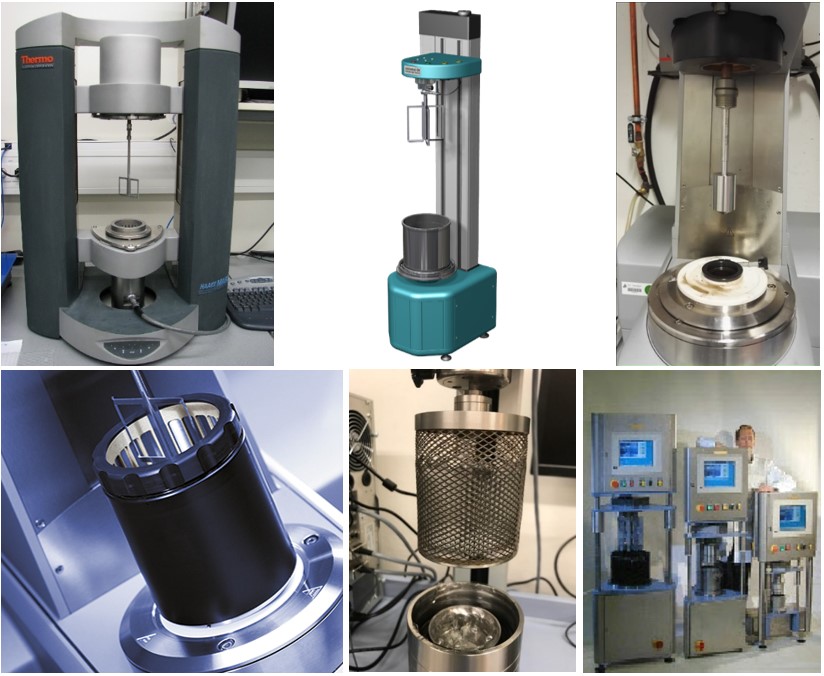
Member Institutions
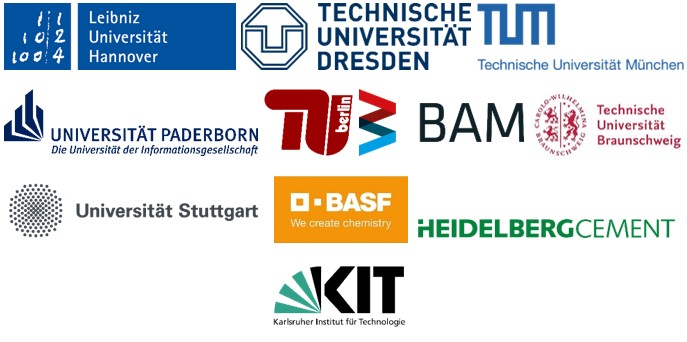
Publications
Materials and Structures 53 (2020)
